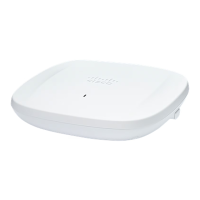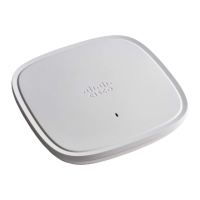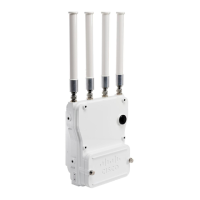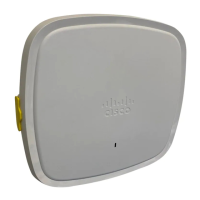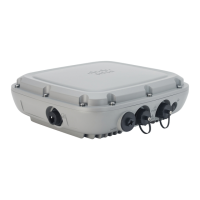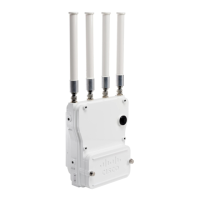• Do dress properly—shoes with rubber soles and heels, rubber gloves, long-sleeved shirt or jacket.
• Use a rope to lift the AP. If the assembly starts to drop, get away from it and let it fall.
• If any part of the antenna system comes in contact with a power line, do not touch it or remove it yourself.
Call your local power company. They will remove it safely.
If an accident should occur, call for qualified emergency help immediately.
Avoiding Damage to Radios in a Testing Environment
The radios on outdoor units (bridges) have higher transmit power levels than radios on indoor units (APs).
When you test high-power radios in a link, you must avoid exceeding the receiver's maximum receive input
level. At levels above the normal operating range, packet error rate (PER) performance is degraded. At even
higher levels, the receiver can be permanently damaged. To avoid receiver damage and PER degradation, you
can use one of the following techniques:
• Reduce the configured transmit power to the minimum level.
• Use directional antennas, and keep them away from each other.
• Cable the radios together using a combination of attenuators, combiners, or splitters to achieve a total
attenuation of at least 60 dB.
For a radiated testbed, the following equation describes the relationships among transmit power, antenna gain,
attenuation, and receiver sensitivity:
txpwr + tx gain + rx gain - [attenuation due to antenna spacing] < max rx input level
Where:
txpwr = Radio transmit power level
tx gain = transmitter antenna gain
rx gain = receiver antenna gain
For a conducted test bed, the following equation describes the relationships among transmit power, antenna
gain, and receiver sensitivity:
txpwr - [attenuation due to coaxial components] < max rx input level
Under no circumstances should you connect the antenna port from one AP to the antenna port of another AP
without using an RF attenuator. If you connect antenna ports, you must not exceed the maximum survivable
receive level of 0 dBm. Never exceed 0 dBm, or damage to the AP can occur. Using attenuators, combiners,
and splitters having a total of at least 60 dB of attenuation ensures that the receiver is not damaged and that
PER performance is not degraded.
Caution
Performing Site Surveys
Every network application is a unique installation. Before installing multiple APs, you should perform a site
survey to determine the optimum use of networking components and maximize range, coverage, and network
performance.
Cisco Catalyst Wireless 9163E Access Point Hardware Installation and Deployment Guide
60
Safety Guidelines and Warnings
Avoiding Damage to Radios in a Testing Environment

